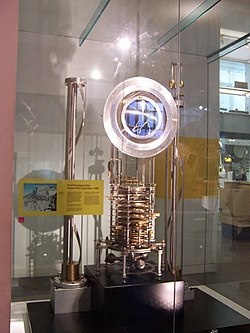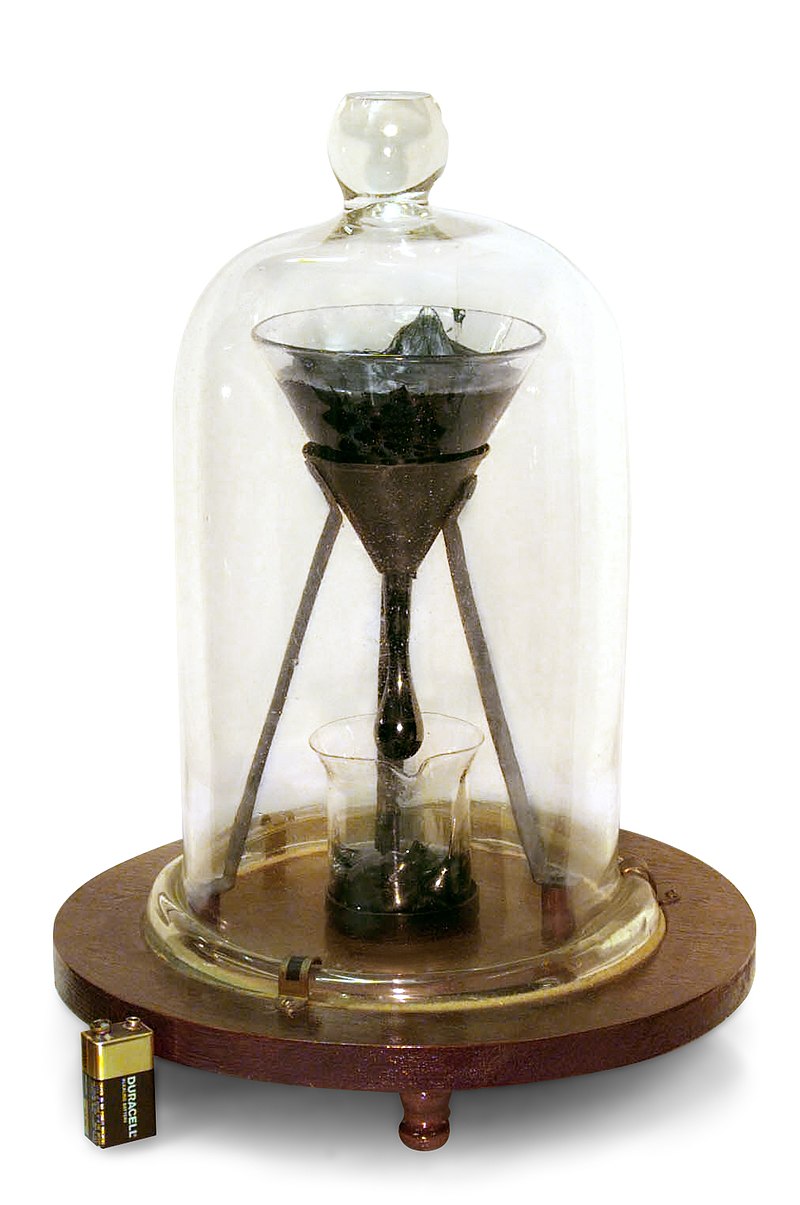 |
| TARDIS |
 |
| Pre-New 52 Superman |
| New 52 Superman |
Comic book writers have made generous use of it, in a recent case using paradoxes generated by such travel to completely overhaul close to 70 years of comic book history, so much so that this guy, the one on the left, is now this guy, the one on the right 2.
TV shows have written with time travel as their central premise, be it the long-running BBC Doctor Who or Quantum Leap from across the pond. Hollywood has often delved into the genre, with offerings that have ranged from the mediocre to the excellent and the fun and also the utterly paradoxical and thought-provoking.
I have been reading about time travel from a very young age. I think my first exposure to it was the genre generator itself, Wells’ The Time Machine, a book I received when I was entering the second decade of my life. My school library had books about a traveller of time whose time machine takes the form of a blue police box. I had probably read all of those books in the library periods allotted to us every week. Since then, I have read, and have actively sought out, stories that deal with time travel. What has caught my eye is the sheer variety of methods and machines writers have devised to enable the protagonist to go on a jaunt in what is erroneously referred to as the fourth dimension. Some science fiction writers, such as Michael Crichton (Timeline) or Stephen Baxter (The Time Ships) have stuck to a standard sort-of-science based approach, and such efforts, although worthy of riveting stories, are not the focus of this post. What I wish to write about today are methods and machines of time travel that are odd, quirky, and in some cases downright wacky. So, without further ado, let us be on our way. I should warn you though, some of these might qualify as spoilers, and if you haven’t read the book or the comic or watched the tv show or the film, and do not want some plot points (generic or critical) revealed in advance, tread softly.
1. The carton from Primer
 |
| Time travel mechanism in Primer |
Primer was an extremely low-budget independent science-fiction film written, storyboarded, directed, produced, cinematographed, edited, and scored by Shane Carruth, a former developer of flight simulation software. The film took five weeks to shoot, two years to be post-produced (almost exclusively by Carruth), secured the Grand Jury Prize at the 2004 Sundance Film Festival, and has since gained a cult following after a limited release. Shot on an incredible budget of $7000, it went to collect more than 60 times that at the box office.
2. The Time-Turner from Harry Potter and the Prisoner of Azkaban 5
| The Time-Turner |
The reason this features in this post is the novel way J K Rowling has introduced a very science-fictiony concept such as time travel into the very magical fictional universe of Harry Potter. According to the Harry Potter wiki, an Hour-Reversal Charm, encased within a special timepiece, allows the user to travel back in time. The device, or the charm, is unique in that it does not allow the user to go forward in time, and the maximum safe time jump is about five hours. This limit explains why it would not be practical to go back in time and stop Tom Riddle before he embarked on his career as Lord Voldemort. Since the Time-Turner operates only in one direction, habitual users age faster, adding time to their internal biological clocks. Hermione Granger used the Time-Turner throughout her third year at Hogwarts, and consequently gained about a month at the end of it. Given the way that events panned out in the book and its movie version, the Time-Turner seems to obey the Novikov Self-Consistency Principle quite rigidly.
3. The Cosmic Treadmill from The Flash comics 7
Perhaps no fictional character whose primary function is not to time travel has undergone so many trips through time as has The Flash. In DC comics continuity, the first Flash was Jay Garrick, whose tenure spanned the forties. In a previous blogpost, I talk about, albeit briefly, how Garrick travels forward five thousand years by running around the Earth at super speed. Author Gardner Fox gets the prize for this, the absolute silliest time travel mechanism possible. If you thought this notion fell entirely within the ambit of comic book writers, consider that it was none other than Mario Puzo who wrote the story for the 1978 Superman film, a story that involves Superman flying at relativistic speeds around the Earth to turn back time and save Lois Lane. Granted, a number of other screenwriters were attached to the project, and it is entirely possible that Puzo was not responsible for this silly idea.
However, the Cosmic Treadmill falls within the purview of the second Flash, Barry Allen. In issue #120 of his tenure, Barry Allen and Kid Flash Wally West get thrown millions of years into the past by the an errant earthquake. In order to get back to the present, the two of them duplicate the vibration of the earthquake. Some time later, in issue #125, Allen and West have to travel through time again to repel the invasion of aliens. The former has to go forward in time, while the latter needs to travel into the past. However, given the seriousness of the situation, they must be able to travel precisely to those specific points in time. Barry Allen comes up with a special treadmill which uses cosmic rays (no, seriously, cosmic rays) to send the user forwards or backwards in time, by running on the Cosmic Treadmill at super speed forwards or backwards respectively. Time travel is achieved instantaneously, although there is catch, and that is one of the two reasons why this features in this post. While the Treadmill allows the speedster to travel through time, it also sets up internal vibrations within the body of the user, which he has to then maintain in order to stay in the different time period. I can only speculate if John Broome came up with this idea by likening Treadmill time travel to the user stretching a rubber band, and then having to keep the “temporal rubber band” stretched in order to remain in a foreign time. Alternatively, one could liken a speedster who has travelled through time as being in an excited state 8, and his base, or home, time period being the ground state.
The second reason why this features in this post? Why, it is a friggin’ treadmill, for Emmett’s sake. A treadmill time machine! How zanier can you get?
Thus ends the first part of this post. I’m not sure at this point how many parts will follow, but if asked to guess, I’d say 1-3, making this a probably three-part post. I’ll put up the links to the next parts as and when I publish them.
3. The Cosmic Treadmill from The Flash comics 7
| The Cosmic Treadmill, The Flash v1 #139 |
However, the Cosmic Treadmill falls within the purview of the second Flash, Barry Allen. In issue #120 of his tenure, Barry Allen and Kid Flash Wally West get thrown millions of years into the past by the an errant earthquake. In order to get back to the present, the two of them duplicate the vibration of the earthquake. Some time later, in issue #125, Allen and West have to travel through time again to repel the invasion of aliens. The former has to go forward in time, while the latter needs to travel into the past. However, given the seriousness of the situation, they must be able to travel precisely to those specific points in time. Barry Allen comes up with a special treadmill which uses cosmic rays (no, seriously, cosmic rays) to send the user forwards or backwards in time, by running on the Cosmic Treadmill at super speed forwards or backwards respectively. Time travel is achieved instantaneously, although there is catch, and that is one of the two reasons why this features in this post. While the Treadmill allows the speedster to travel through time, it also sets up internal vibrations within the body of the user, which he has to then maintain in order to stay in the different time period. I can only speculate if John Broome came up with this idea by likening Treadmill time travel to the user stretching a rubber band, and then having to keep the “temporal rubber band” stretched in order to remain in a foreign time. Alternatively, one could liken a speedster who has travelled through time as being in an excited state 8, and his base, or home, time period being the ground state.
The second reason why this features in this post? Why, it is a friggin’ treadmill, for Emmett’s sake. A treadmill time machine! How zanier can you get?
Thus ends the first part of this post. I’m not sure at this point how many parts will follow, but if asked to guess, I’d say 1-3, making this a probably three-part post. I’ll put up the links to the next parts as and when I publish them.
- Technically, Bellamy’s book is not about time travel in the way we are familiar. In the book, the protagonist, Julian West, falls into a deep hypnosis-induced sleep near the end of the nineteenth century and wakes up 113 years later in the same place, Boston, in the year 2000. ↩
- Unsurprisingly, the Flash (Barry Allen) was to blame for the mishap. Spoiler alert for the link though. ↩
- There is a good reason why I am not calling it a box, although that is essentially what it is. The word box will feature rather prominently down the line, and this is just to prevent confusion. ↩
- To be honest, I’ve never actually watched the movie. My understanding of the way time travel works in the movie is completely and exclusively gleaned from graphic. So, if the graphic does not accurately portray the mechanism in the movie, I am lost. ↩
- I had completely forgotten about the Time-Turner. Thanks to Purbita Chowdhury, a die-hard Harry Potter fan and connoisseur, for reminding me of it. ↩
- In the book, Hermione and Harry are transported to a broom closet off the Entrance Hall while simultaneously travelling back in time too. ↩
- Not Flash Gordon. The Flash, a character in DC comics. ↩
- The physics concept, related to energy levels. ↩








